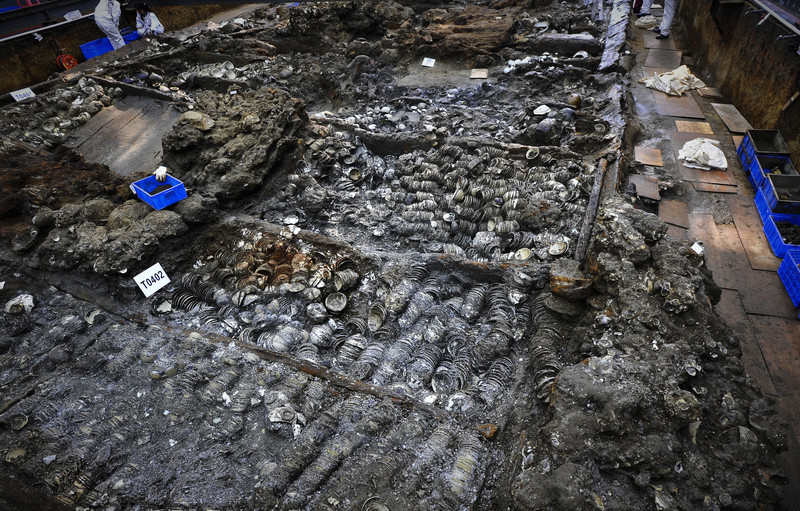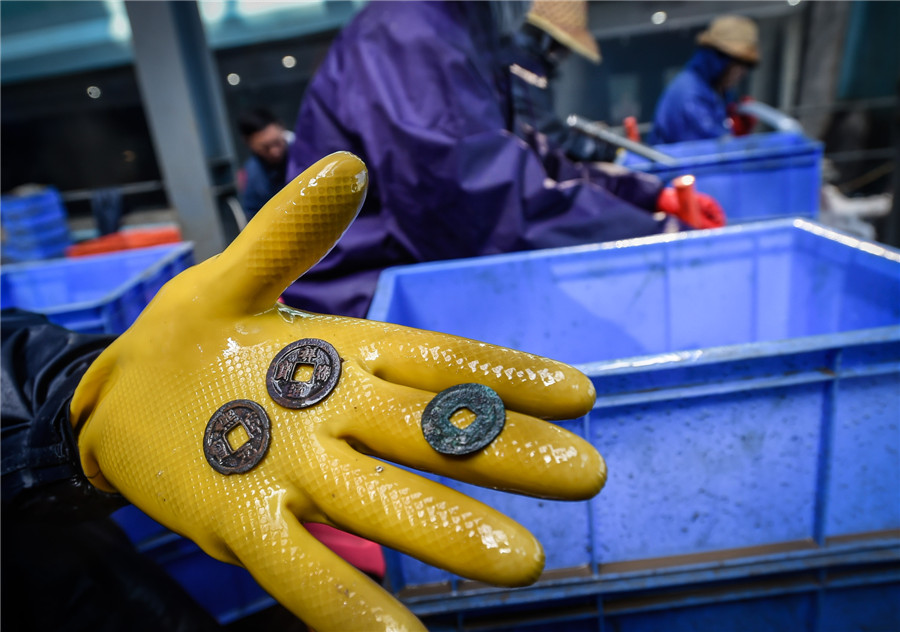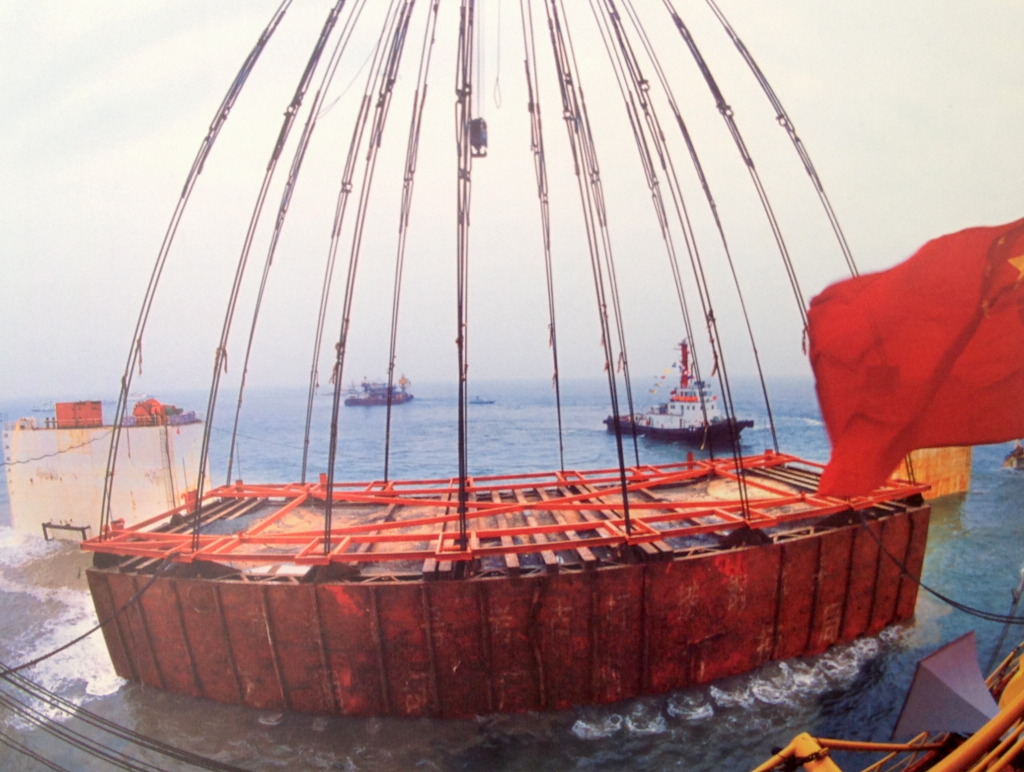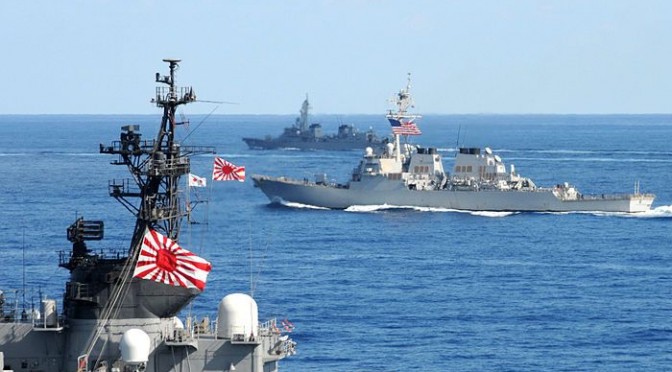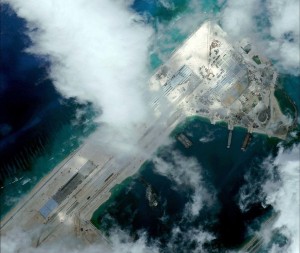By Sam Cohen
Welcome to part one of the February 2016 members’ roundup. Over the past month CIMSEC members have examined several international maritime security issues, including recent Indian Navy maritime policy developments, aspects of the U.S. Navy’s defense procurement program, components of a notional South China Sea naval conflict between China and the U.S. and capability challenges for the U.S. Navy Littoral Combat Ship (LCS).
Beginning the roundup at Offiziere, Darshana Baruah discusses India’s Cold War non-aligned strategy and the implications this strategy has had on India’s maritime security policy in the post-Cold War period. Ms. Baruah explains that India must realize that non-alignment does not equate to non-engagement and that committing to a policy of engagement is critical to manage the complexities of the developing Asian maritime security environment. She references the bilateral MALABAR naval exercises between the U.S. and India as well as the Maritime Security Strategy document released by the Indian government as developments hinting to a changing Indian maritime policy.
[otw_shortcode_button href=”https://cimsec.org/buying-cimsec-war-bonds/18115″ size=”medium” icon_position=”right” shape=”round” color_class=”otw-blue”]Donate to CIMSEC![/otw_shortcode_button]
Ankit Panda, at The Diplomat, also discusses India’s maritime strategy with an analysis on potential joint patrol operations in the South China Sea between Indian and U.S. navies. Mr. Panda highlights that there is no indication whether these jointly conducted patrols would reflect recent U.S. FONOPs or less contentious passing patrols, however, he notes that the potential for these patrols to occur reflects a shift in India’s maritime doctrine to ‘act East’. Also at The Diplomat, Mr. Panda explains the conditions and challenges of completing a Boeing-India F/A-18 Super Hornet deal where the Indian Defense Forces would receive an advanced multi-role fighter to supplement its next-generation indigenously built Vikrant-class aircraft carrier and raise the potential for increased technology sharing between the U.S. and India.
Bryan McGrath, at War on the Rocks, discusses the concept of distributed lethality and recent weapons tests and developments that have brought this concept to maturity for the U.S. Navy’s surface force. Mr. McGrath explains how the successful launch of a Tomahawk Land Attack Missile (TLAM) from a U.S. Navy destroyer has now increased the anti-surface warfare combat range of about 90 U.S. cruisers and destroyers currently operating with the Vertical Launch System (VLS) to 1000 miles. Mr. McGrath also identifies the additional capability introduced to the long-range supersonic SM-6 missile, now capable of engaging enemy surface combatants, as a critical development for distributed lethality implementation across the fleet.
Kyle Mizokami, for Popular Mechanics, discusses the planned purchase of 14 F/A-18 Super Hornets as a result of the fighter shortfall in carrier air-wings caused by delays in the Joint Strike Fighter Program. He explains that the delays will also reflect the slow introduction the F-35C will have entering into service within the Navy with only four planes to be purchased in 2017. Mr. Mizokami also outlines surface combatant purchases included in the Navy’s FY2017 budget, highlighting the procuring of two Virginia-class attack submarines and two Arleigh Burke-class guided missile destroyers – the destroyers to be equipped with the new Air and Missile Defense Radars that boost the ship’s ballistic missile defense capabilities. Also at Popular Mechanics, Mr. Mizokami provides an analysis on the U.S. Navy’s LCS live fire exercise against an enemy fast-attack swarm that demonstrated potentially serious flaws in the ships design, revealed by combatants entering the ‘keep-out’ range of the ship and technical issues arising throughout the test – albeit the exercise only tested certain weapon and fire control systems.
To conclude the roundup in the Asia-Pacific, Harry Kazianis for The National Interest provides an outline of potential tactics China’s PLA would emphasize during a notional conflict with the U.S. Navy. Mr. Kazianis explains that over the past two decades China has feared the U.S. ability to rapidly deploy naval assets throughout multiple domains in China’s areas of interests largely due to limited PLA capabilities. Mr. Kazianis identifies the employment of large volumes of rudimentary sea-mines and missiles as a simple mechanism for overwhelming U.S. Navy defenses and a feasible strategy to achieve an asymmetric edge over U.S. fleets in theatre.
Members at CIMSEC were also active elsewhere during the first part of February:
- Chuck Hill, for his Coast Guard Blog, discusses the possibility that the U.S. Army may develop an anti-access/ area-denial (A2AD) strategy along the First Island Chain in the Asia-Pacific and the implications these anti-air and anti-ship systems would have on the Army’s role in U.S. domestic coastal defense. In a second article for his CG Blog, Hill outlines the participants and talking points of a multi-lateral coast guard meeting between the U.S., Japan, Australia and the Philippines.
- At USNI News, Sam LaGrone discusses the Request for Proposal Naval Air Systems Command is set to release later this year concerning the Carrier Based Refueling System (CBARS) or the unmanned aerial refuelling tanker. Mr. LaGrone explains how the CBARS is a follow-on program that will incorporate many components and systems from the Unmanned Carrier Launched Airborne Surveillance and Strike program (UCLASS).
- Robert Farley, for The National Interest, provides an analysis on the Zhenbao Island conflict between the Soviet Union and China in 1969 and how the sovereignty dispute nearly escalated to a nuclear confrontation. Mr. Farley explains the avenues of escalation that may have led to Soviet tactical strikes on Chinese nuclear facilities and the implications this would have had on U.S.-NATO-Soviet stability in Europe.
- James Stavridis, for Nikkei Asian Review, provides five strategies for Pacific-Asian countries that will reduce the potential of an outbreak conflict in the region. Mr. Stavridis suggests that direct military-to-military contact can create a framework of deconfliction procedures thereby reducing escalatory conditions within the region. He also explains how the use of international negotiation platforms to resolve territorial disputes can contribute to a sustainable stability. In an article at The Wall Street Journal, Stavridis highlights the ‘icebreaker gap’ the U.S. has developed with only four large icebreakers to be active by 2020 while Russia will have at least 42. He explains how acquisition processes to close this gap are extremely strained with the current defense budgetary restrictions the government is experiencing.
- Dave Majumdar, for The National Interest, explains how the next generation of U.S. Navy surface combatants will incorporate digital and information technologies into the core foundations of ship design to allow for time and cost efficient technological upgrades. In a second article at The National Interest, Majumdar highlights the strategy shift that has occurred within the U.S. Navy’s UCLASS approach. The article outlines how the move to CBARS away from the UCLASS ISR and light strike capability will assist the Navy in developing a sophisticated unmanned aviation infrastructure for future carrier operations.
At CIMSEC we encourage members to continue writing, either here on CIMSEC or through other means. You can assist us by emailing your works to dmp@cimsec.org.
Sam Cohen is currently studying Honors Specialization Political Science at Western University in Canada. His interests are in the fields of strategic studies and defense policy and management.
[otw_shortcode_button href=”https://cimsec.org/buying-cimsec-war-bonds/18115″ size=”medium” icon_position=”right” shape=”round” color_class=”otw-blue”]Donate to CIMSEC![/otw_shortcode_button]

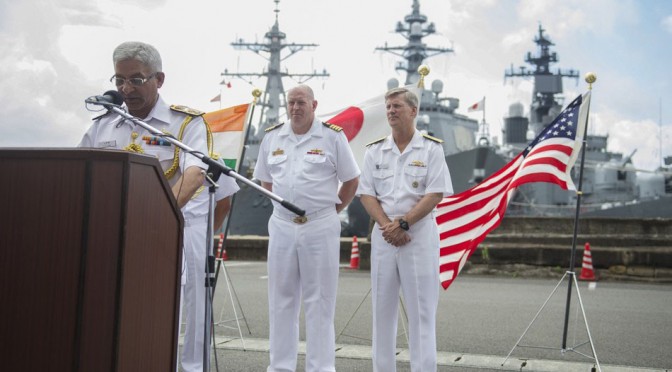
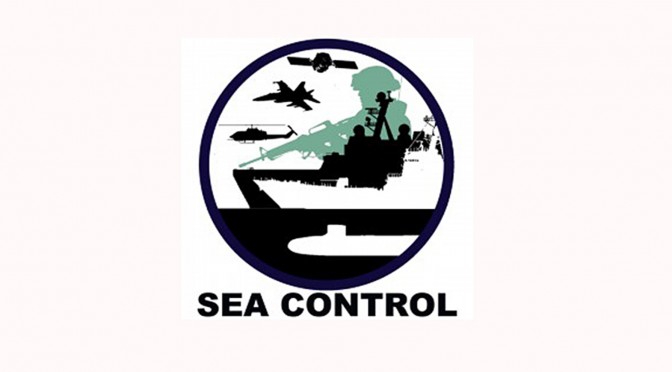
 Control Arms. They discuss small arms flows globally before focussing on the impacts of illicit arms flows, as a result of weak maritime security, into the South Pacific Islands—a region of great strategic importance to Australia. Laura explains the Arms Trade Treaty and how UN regimes on arms control are essential for development in Australia’s closest region.
Control Arms. They discuss small arms flows globally before focussing on the impacts of illicit arms flows, as a result of weak maritime security, into the South Pacific Islands—a region of great strategic importance to Australia. Laura explains the Arms Trade Treaty and how UN regimes on arms control are essential for development in Australia’s closest region.
